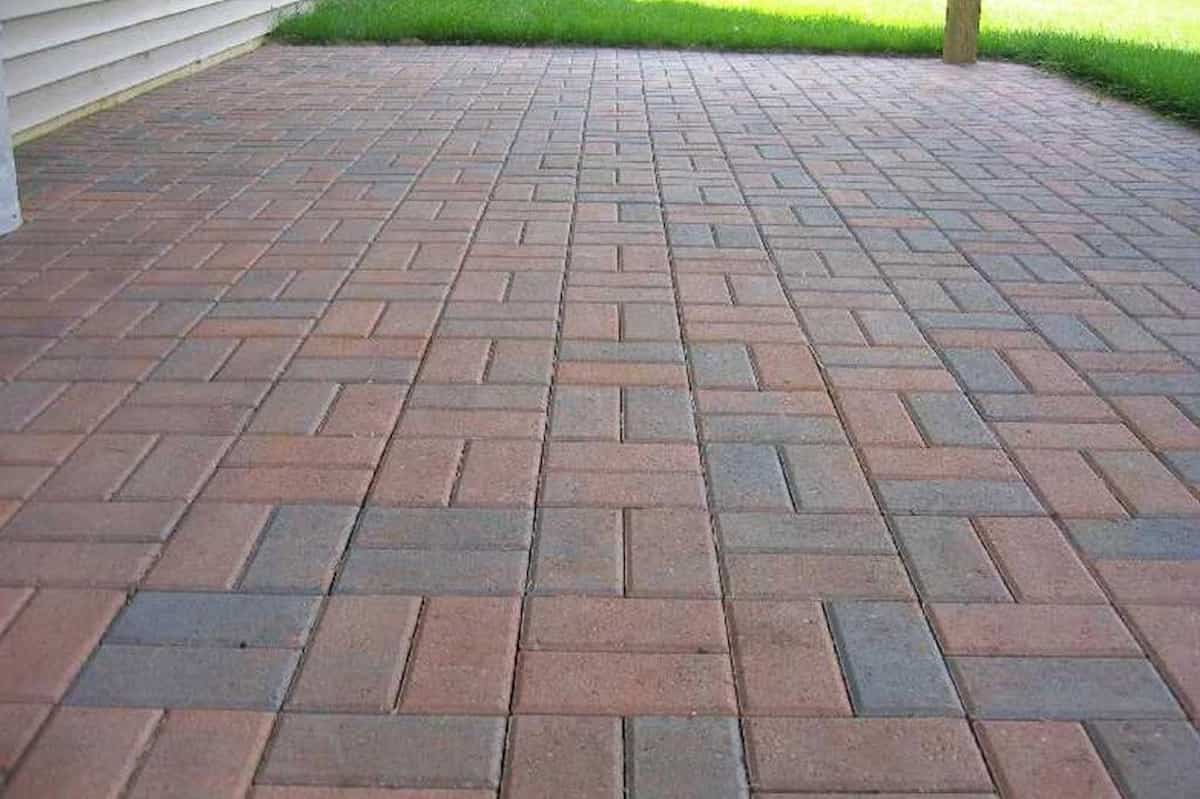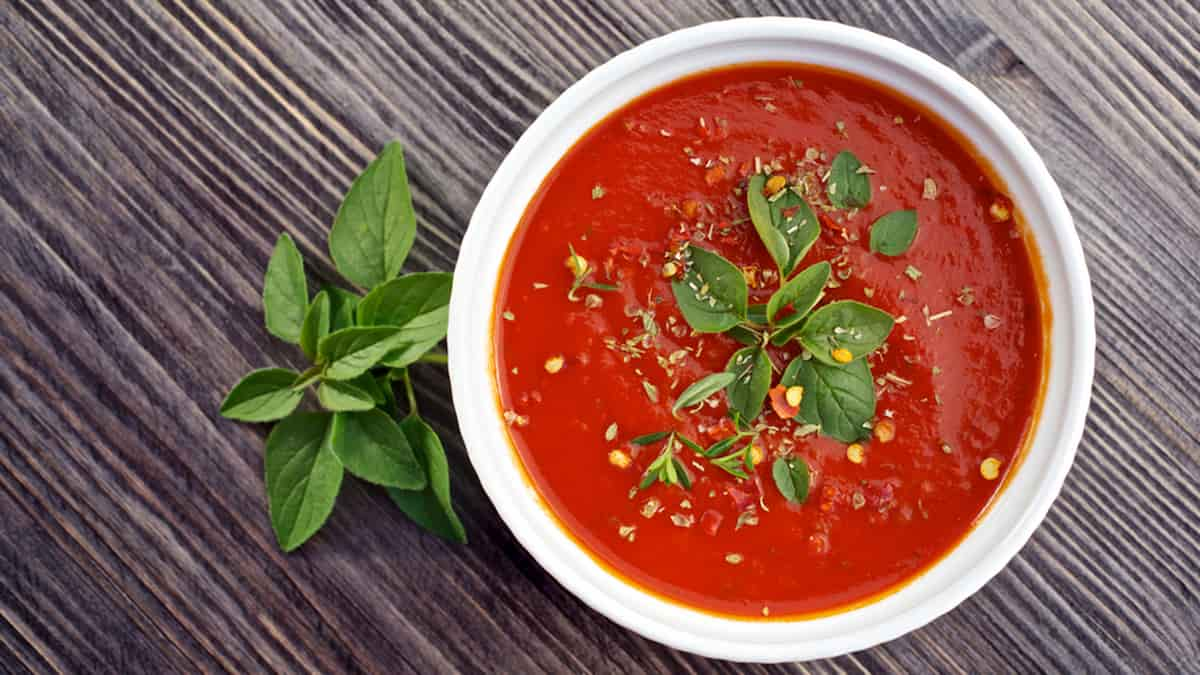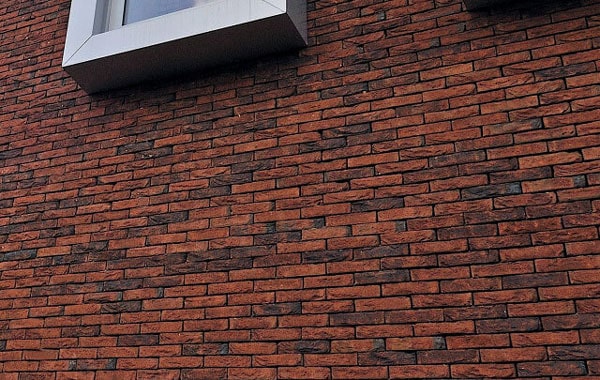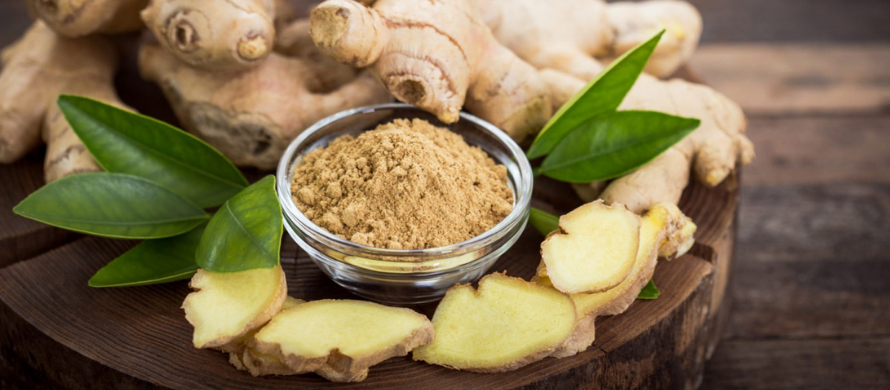Cleaning and purifying soaps are mainly obtained from the collection of vegetable and animal oils and fats with a strong alkaline solution.
In chemistry, soap, salt is a fatty acid.
Soaps are mainly used for washing, bathing and cleaning, but soaps are also used in fabric spinning and are an important part of lubricants.
Cleaning and purifying soaps are mainly obtained by collecting vegetable and animal oils and fats with a strong alkaline solution.
We use soap daily, use high qualit queen love soap to wash our hands.
Fats and oils are a combination of triglycerides: three fatty acid molecules attached to one glycerol molecule.
Soaps, by creating a stable emulsion of pus, create an emulsion colloid and as a result mix water and fat and wash away fats.
The charged part of the soap disperses the fats in the water and creates attraction with water, which is polar, and the hydrocarbon part creates attraction with the fats.
The soap making industry has its roots in more than 2000 years.
A soap factory has been found in Mumbai excavations.
However, among many chemical industries, none have experienced such radical changes in their chemical raw materials as soap making industries.
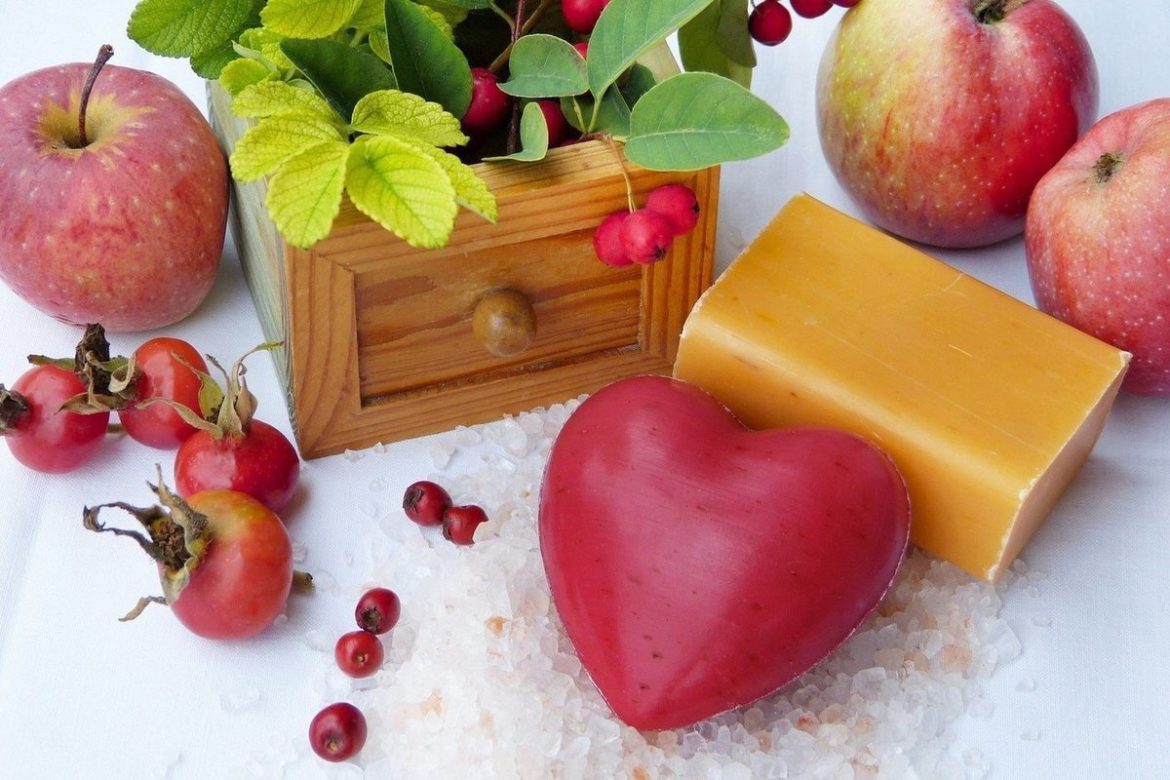
It is usually accepted that the per capita consumption of soap indicates the standard of living of people in any country.
History
Most likely, soap was first made by the Egyptians in the Nile Valley.
Around 600 BC, Phoenician sailors took the art of soap making to the Mediterranean coast.
In the first century AD, the best soap was obtained from goat fat and ash obtained from burning alder wood.
Until the end of the 18th century, soap was made from animal fat and wood ash.
At the same time, it was found that instead of wood ash, caustic soda can be used, which is an alkali obtained from common salt. At the same time, vegetable oils such as olive oil, palm oil, coconut oil, sesame oil, and soybean oil replaced animal fats.
Soap, in fact, was never discovered, but gradually evolved from alkaline raw materials and fats.
